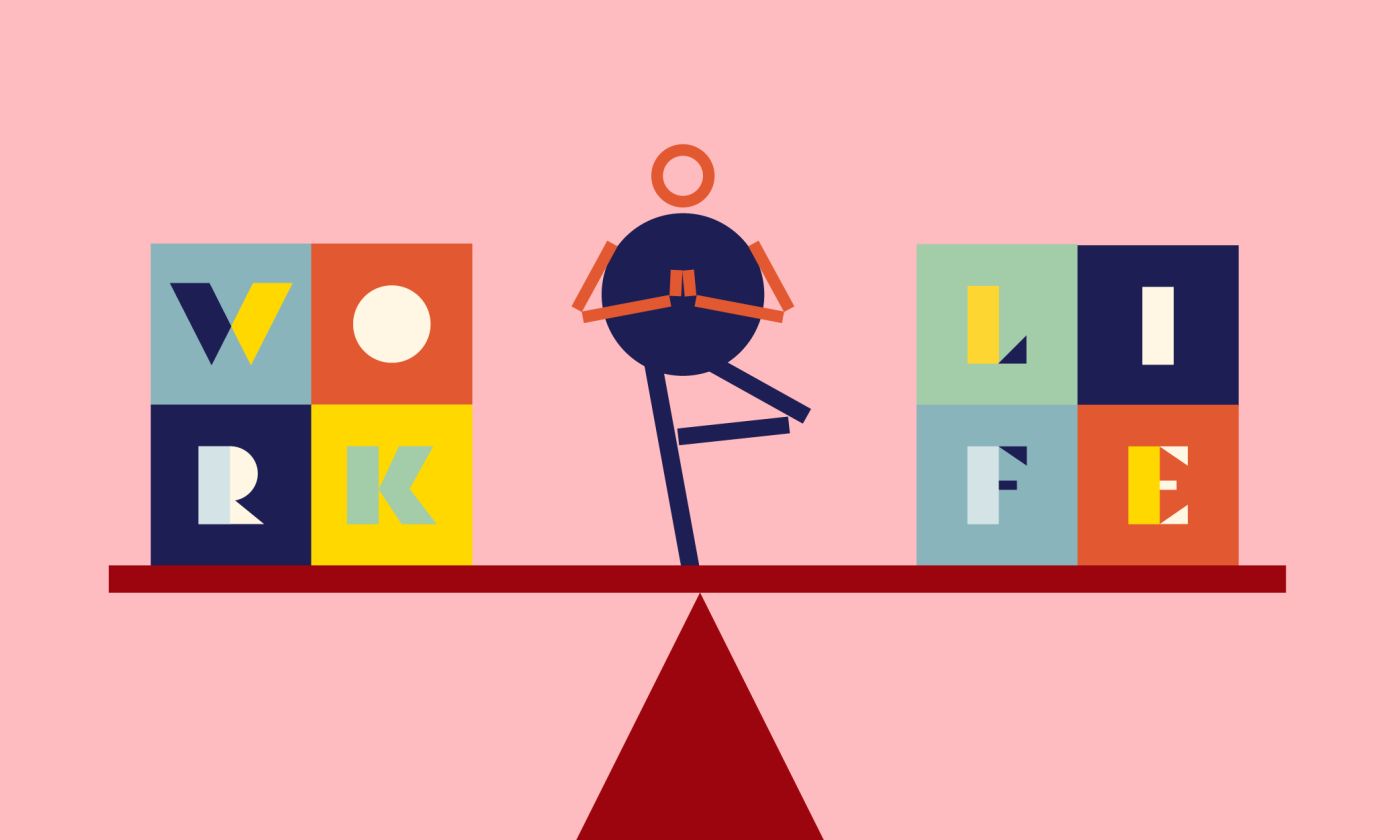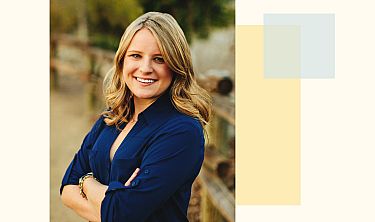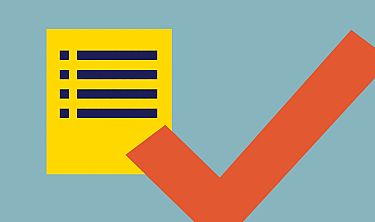Do you work from home? If so, you’re in good company. The ranks of remote workers continue to swell. As of 2017, nearly four million people worked from home at least half of the time. The movement to work from home marks a major recent shift. In 1995, only 9 percent of U.S. workers said they’d ever worked from home. In 2015, that number jumped to 37 percent.
If you work for yourself, what do you need to know about working from home? “The good news is that study after study has shown that flexible and remote workers are often happier and more productive than in-office workers,” says Rachel Jay, senior career writer at FlexJobs. “Flexible work tends to lead to more time for family and personal pursuits.”
But these benefits are diminished if your work creeps into — and takes over — your personal life. Here’s how to work from home without going insane.
Create the Right Work Environment
It’s easy for your work and home life to meld when you work from home. “One way to create division is to create a dedicated workspace where only work is accomplished,” Jay says. “It could be an entire room in your house, or simply a corner space where you keep all your work items, but make this space a work-only zone to help maintain boundaries.”
This separation can make or break your ability to be productive, and productivity is crucial for anyone working from home. “Your workspace should be customized to be a mini work oasis where you can be most efficient and effective — and can separate work priorities from personal priorities,” says Justin Klosky, CEO and co-founder of organizational consulting firm O.C.D. Experience. “I’m an advocate for keeping your space as clean and wire-free as possible — decluttering your desk and effectively decluttering your mind,” Klosky says. He recommends smart tech, like a wireless charging mat paired with a 2-in-1 convertible laptop/tablet. “This allows you to keep your system charged wire-free, and affords you the luxury of getting up and going at the drop of a hat when you need a change of scenery, or when life calls.”
Klosky thinks it's fine to keep a place for a few personal items that have a positive impact. “Bring plants into the room to give the space oxygen and life, keeping it homey without the chaos of your full private life.”
In addition, Klosky recommends a dual monitor setup so you can designate portions of each screen for specific windows. “For example, you could keep personal appointments, conversations and files on one screen, and work on the other monitor.”
Plan How You’ll Use Every Hour
Just as the dual monitors help you to separate work and personal information, Klosky says there has a be a clear delineation between your work and home life. “Carve out time in your day to ensure that from X hour to Y hour, you can work undisturbed.”
Having a set schedule provides consistency in your workday, and helps you to focus on the work at hand. This is one of the keys to working productively from home.
It’s a view shared by Dr. Jen Faber, a corporate burnout coach and author of “The 90 Day Life: How to Live More in 3 Months than You Have in 3 Years.” “Most people set priorities based on urgency, so they end up reacting to the work that’s piling up on top of what their boss, co-workers or clients need,” Faber says. “The key to being productive without feeling overwhelmed is to establish your three ‘needle movers’: Create a block of time to focus on the top three things that will create the most momentum in your work and projects before tending to what other people need.”
Faber actually believes that you should build a six-hour workday. She says your work will expand to take up the amount of time you give it, whether that’s eight hours, 10 hours or even 12 hours. “So, use the clock to your advantage and work with urgency. Create a six-hour block of time in your workday that is dedicated to your projects, team and clients, so you can have more focus in a shorter period of time.” She says you can create buffer times at the beginning and end of the day just in case something comes up that you have to handle at the last minute. “Using the six-hour workday gives you the opportunity to leverage your time to make it work for you, rather than against you.”
Long story short, working from home gives you flexibility. But that doesn’t mean your attitude toward when and how you work should be flexible. Putting some simple ground rules in place will keep you more focused and productive when you’re working — and free to focus on the rest of your life when you’re not.





